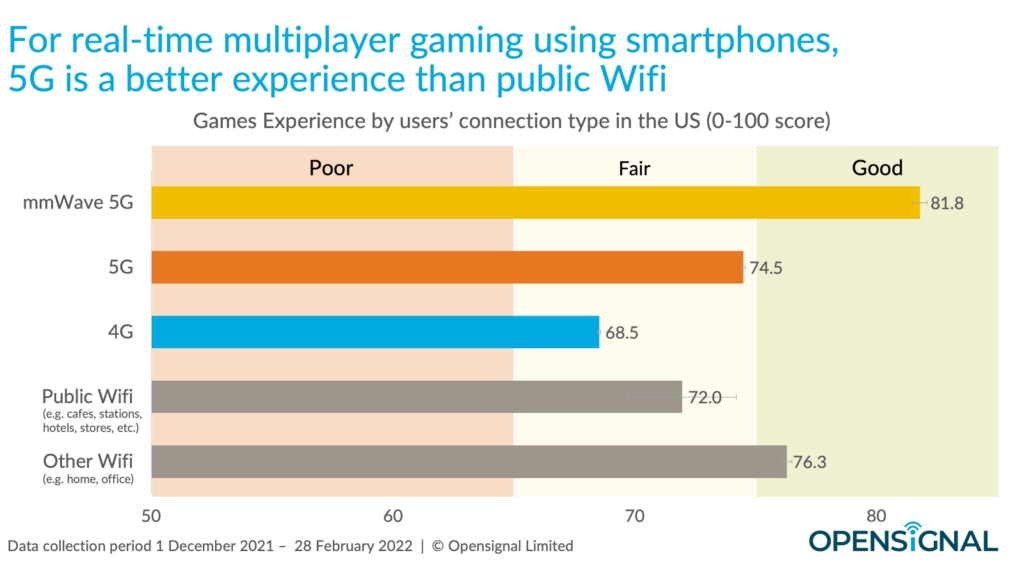As the bitcoin gold rush fades away, crypto miners are facing financial challenges. However, there is a silver lining for many of them—the infrastructure they have established is ideal for Silicon Valley’s current fascination with artificial intelligence.
Crypto mining can be a lucrative yet highly volatile venture. It entails building large data centers filled with specialized computer chips to solve the mathematical puzzles that secure various cryptocurrencies. Miners are rewarded with some of the cryptocurrency for their efforts.
Most miners earn the majority of their income from bitcoin. However, earlier this year, a phenomenon known as “the halving” significantly impacted earnings. Every four years, the bitcoin protocol reduces the mining reward—i.e., the amount of bitcoin miners receive for solving math puzzles—to enhance the coin’s scarcity. Typically, this leads to a surge in the price of bitcoin, but this time, that did not occur, severely affecting miners’ profitability.
Fortunately, the timing couldn’t be better as another industry with a high demand for computing power has emerged. The race to train massive generative AI models has led companies to search for chips, data center space, and affordable access to large amounts of power—resources that many miners already possess in abundance.
“It usually takes 3-5 years to construct an HPC-grade data center from scratch,” according to JPMorgan analysts cited in a recent note by the Financial Times. “The competition for power emphasizes the importance of companies with access to cheap power today.”
While crypto mining and AI training are not identical, they share key similarities. Both require specialized data centers designed for a specific task and consume substantial amounts of power. Miners have the advantage of experience since most AI companies have only begun training massive models following the launch of ChatGPT less than two years ago.
These miners have spent years identifying locations with abundant cheap power and sufficient space to construct large data centers. Moreover, they have navigated the arduous process of obtaining approvals, negotiating power agreements, and operationalizing the facilities.
The surge in demand for AI training has strained power grids in certain regions, leading many jurisdictions in North America to implement lengthy waitlists for new data centers, as reported by Time. Approximately 83% of data center capacity under construction has already been pre-leased, as per Bloomberg.
For many AI companies, the primary challenge lies in acquiring the hardware to train their models, presenting an opportunity for crypto miners. Kent Draper, the chief commercial officer of crypto miner IREN, informed Time that several struggling miners have shifted their focus entirely.
While converting a bitcoin mine into an AI training cluster is not a direct swap, AI training typically relies on GPUs, whereas bitcoin mining utilizes specialized chips from Bitmain. AI companies are often interested in the infrastructure and power access that mines have already established.
In June, crypto miner Core Scientific announced plans to host 270 megawatts of GPUs for the AI infrastructure startup CoreWeave. Core Scientific CEO Adam Sullivan told Bloomberg that they see an opportunity to repurpose existing infrastructure for AI clients seeking large GPU arrays.
Some miners, like Hut 8 and IREN, are investing heavily in new chips to capitalize on the AI boom. AI training frequently occurs alongside crypto mining, with Draper stating, “We see them as mutually beneficial. Bitcoin yields immediate revenue but is somewhat volatile, while AI is customer-dependent but offers stable contracted income once clients are secured.”
This trend could offer modest environmental benefits by potentially offsetting the energy consumption of both AI training and bitcoin mining. If the rising demand for AI simply repurposes existing mining infrastructure rather than requiring new power-intensive data centers, it could help mitigate the industry’s growing carbon footprint.
However, pursuing the latest gold rush can be a risky move for miners. There are concerns that the AI industry may be in a bubble on the verge of bursting. If this occurs, the lucrative opportunity miners have tapped into could vanish rapidly.
Image Credit: Traxer / Unsplash



